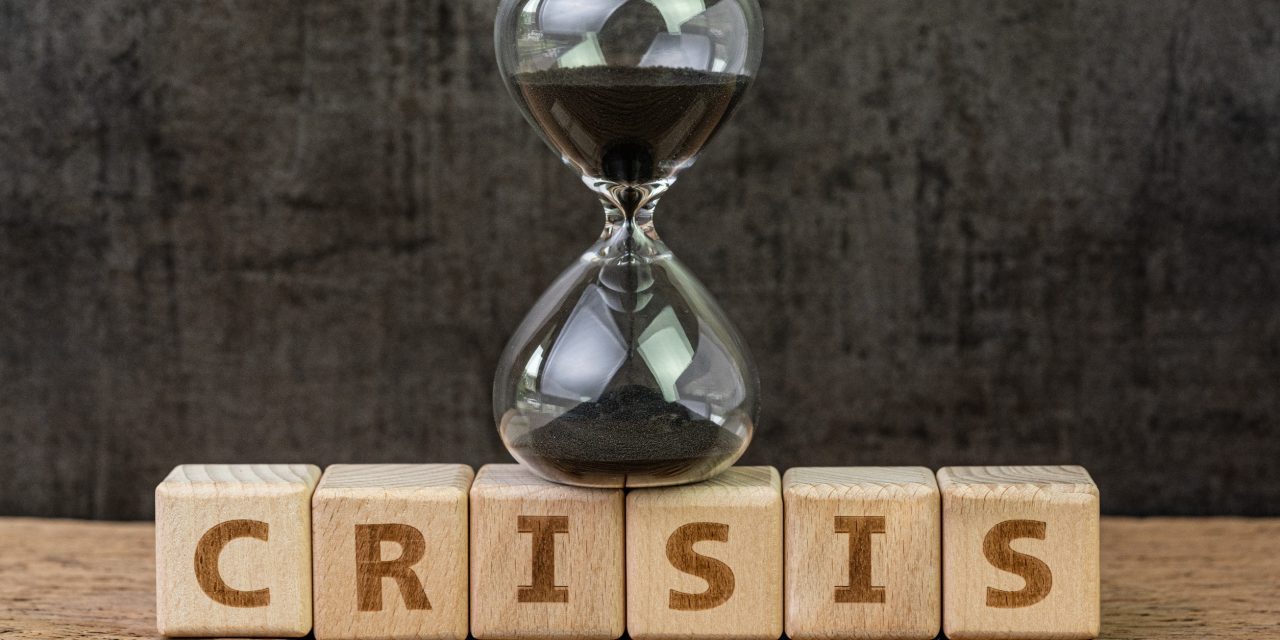By Jack Cumming
Justin Boogaard is the founder, and entrepreneur, of Powered by GoGo. Previously, it was all GoGoGrandparent, but that change is part of our story. Mr. Boogaard is an extraordinary man, exactly the kind of positive entrepreneurial thinker that senior living needs.
Electrifying
He facilitated a panel at the recent LeadingAge California conference in Anaheim. He might well have been an inspiring keynote speaker. His panel, with Rhonda Bekkedahl, CEO of Channing House, and Sabrina Montes, strategy thinker for Masonic Homes of California, was electrifying.
Have you ever faced a crisis? Justin did in March 2020, a month to remember, when COVID struck like wildfire. At the time, his business was a call center front end to the Uber and Lyft, app-dependent ridesharing programs. Apps can be confusing for older people, but they can call a GoGoGrandparent phone number to arrange a ride. That service is enhanced by screening drivers for elder services suitability and to allow riders to call during a ride if they are worried.
As you can imagine, the arrival of COVID in March 2020 slashed the ride-facilitating business, causing an acute cash shortage. A painful 75% layoff followed. Then, inspiration hit in the form of delivery services for the now homebound seniors. Staff were recalled, and Powered by GoGo emerged.
Lost in the Forest
The model Justin followed in responding to crisis was derived from his love of hiking. The U.S. Forest Service has a course to prepare hikers for getting lost. When faced with a crisis, whether being lost in the woods, or facing the challenge of sick residents due to COVID, or encountering any disaster, Justin invokes a crisis methodology.
First, don’t panic. That’s easier said than done. It’s unnerving to realize suddenly that you’re in trouble without a plan to fix it. The nearly universal reality is that the solution is nearer to hand than you first imagine. Second, take stock of what you need to survive the crisis. “What is the bottleneck in your business that you need to solve first?” Third, adopt a “solution mindset.” In Justin’s case, a solution was an inquiry from a customer asking if “GoGo could help Grandma get groceries.” Outcome: GoGoGroceries! And medication delivery and hot meal delivery.
Channing House
For panelist Rhonda Bekkedahl’s Channing House, an elevator-dependent 11-story building, crisis was a 16-hour power outage in August 2020, in the midst of COVID. Only one elevator worked, and flushing toilets depended on electric pumps that weren’t on the generator.
Teamwork came to the rescue. Residents accepted cold meals. Trash cans of water on casters brought flushing where needed. And water bottles were delivered to apartments for drinking. Staff pitched in and adapted. A resident response team helped.
Masonic Homes of California
Panelist Sabrina Montes reported that at Masonic Homes, the crisis hit in the form of a nursing shortage as nurses burned out from COVID and left, perhaps to rest and recover. The response was to ensure competitive wages and to offer hiring bonuses. They were also forced to limit skilled nursing occupancy.
The takeaway: When faced with a crisis, as difficult as it may seem, leaders have to stay calm and focused. First, size up the crisis. What the military calls a “damage report.” Then, do what you can to buy time. Know that most crises can be withstood with time.
Learning and Preparing
Afterward is time to set everything into perspective. That’s what Justin calls “being prepared.” Of course, many crises can be averted with a little foresight. Some enterprises get themselves overleveraged and then can’t withstand a downturn. That’s an avertable crisis. Maybe COVID might have been foreseen and averted, but that’s not something that an operator can do on its own.
The panel closed with a group activity in which people partnered with seat neighbors to brainstorm future crises. There are many. The panel suggested three: changing consumer technology, inflation and service creep, and rapidly changing job market and consumer needs.
Scott Bigler
I learned a lot from my seat neighbor, Scott Bigler, associate executive director of Covenant Living at Samarkand in Santa Barbara, CA. Scott has an innate sense of the vulnerabilities of people in need of stable living situations to support their aging and general care needs.
He provided two insights that I might otherwise have missed. First, he noted that, by its location between the sea and the mountains, with a distance between the city and its neighbor Ventura to the south or Solvang to the north, Santa Barbara is a geographic island. In times of crisis, it can be a challenge to get supplies and resources to those in need.
Second, he noted that competitors (and we note that Santa Barbara is a competitive senior living market) share the same challenges, aims, responsibilities, and goals. Collaboration can be more consistent with mission than is competition. That’s certainly true when a crisis like COVID strikes us all.
Historical Perspective
As an historian myself, I couldn’t help but think of how in the 19th century, it was thought that collaboration was more consumer friendly than competition. Economies of scale allowed the delivery of products and services at lower prices than could proprietary fencing among competitors.
It’s only in the 20th century that we came to elevate the primacy of competition for consumer value. Perhaps now in the 21st century, we’ll find the balance between collaboration and competition that improves life for all of us. In the meantime, it’s left to each of us to deal with the crises that come our way. Justin Boogaard and his panel of providers left attendees with great wisdom.





